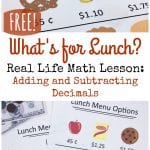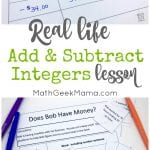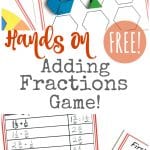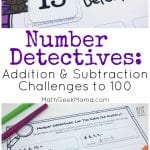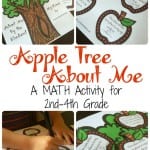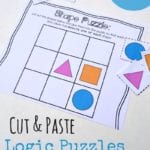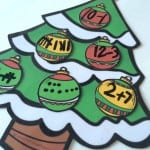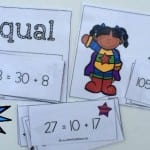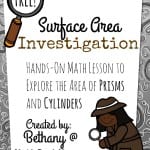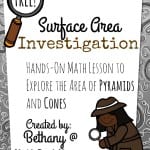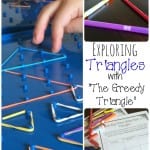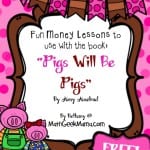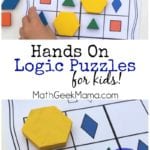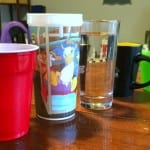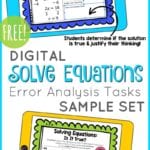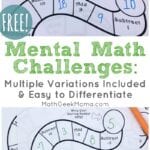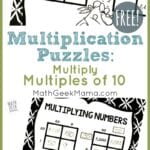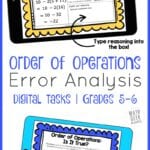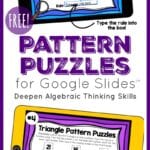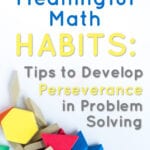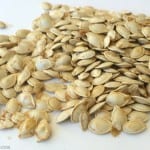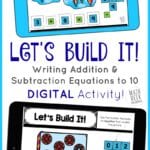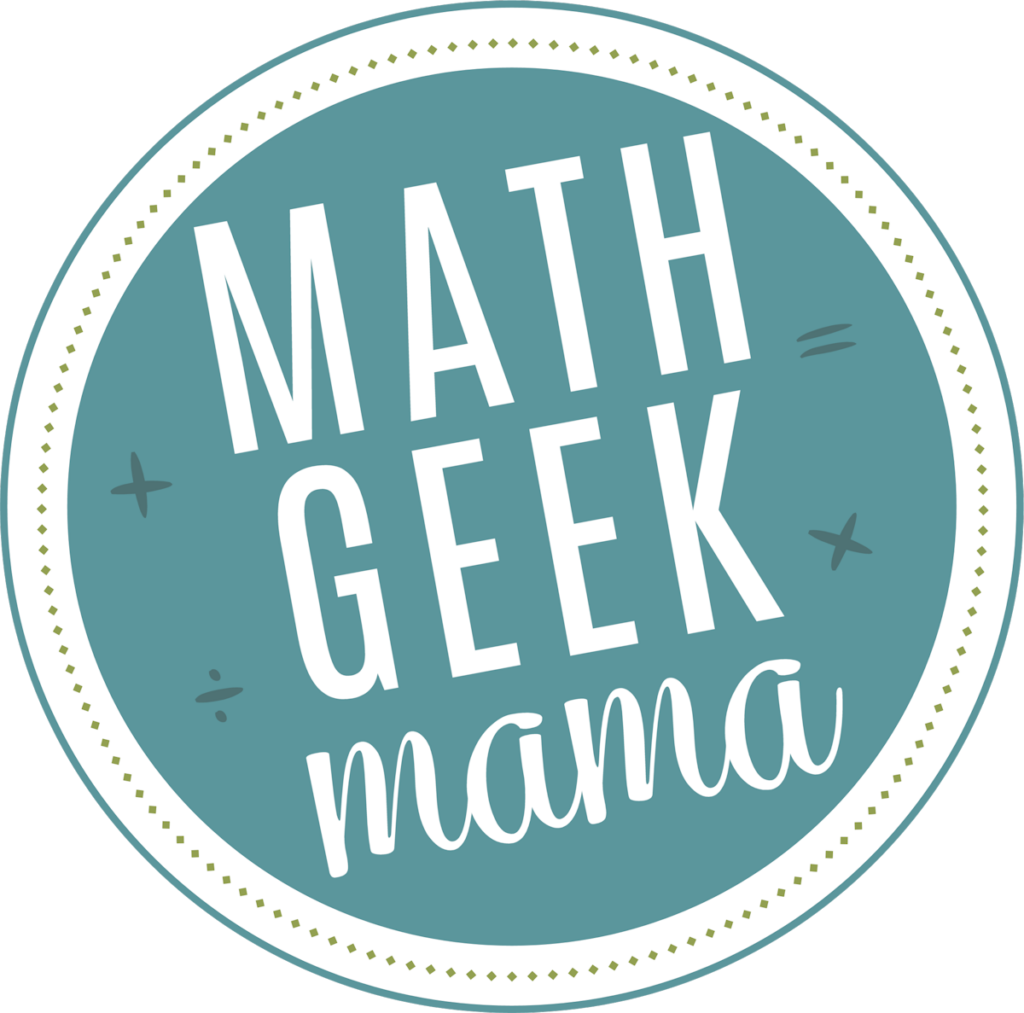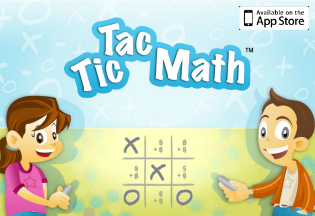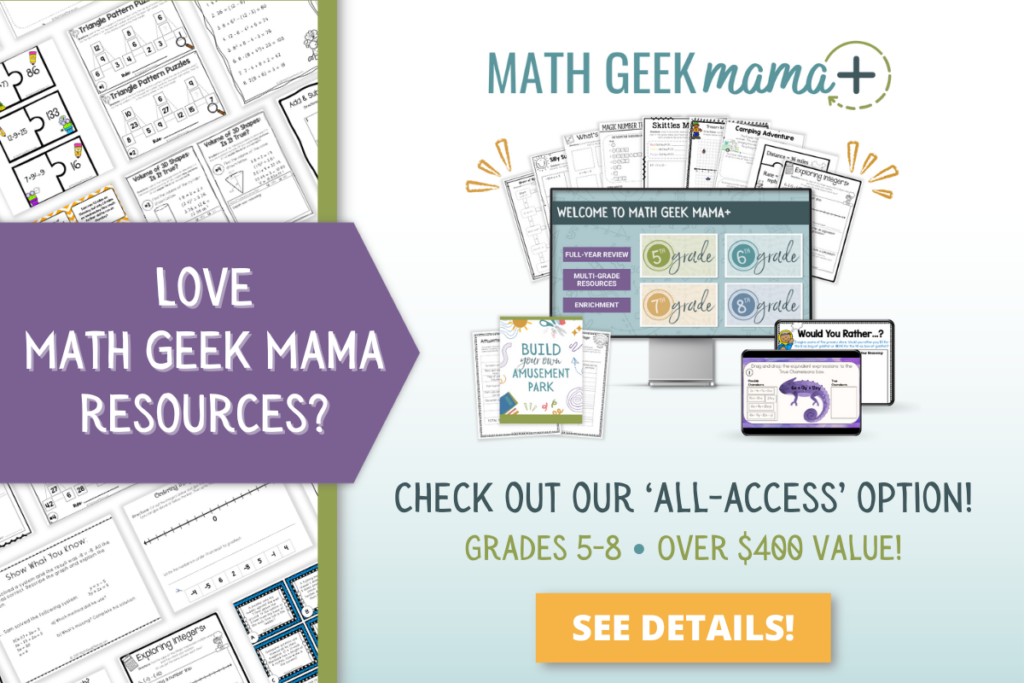Engaging & Rich Math Tasks to Reach Every Student
Looking for deep and meaningful ways to challenge your students? Think rich tasks are only for your advanced students? Think again!
All students learn more and retain more when they are given opportunities to engage with meaningful math problems through inquiry. All students benefit from being pushed just beyond their capabilities and engage in a little productive struggle.
What Does Teaching Through Problem Solving Look Like?
Typically in a math classroom, the structure and routine looks like this: the teacher gives examples and works out math problems. The class then works together on some additional examples through guided practice. Finally, students are given a set of problems to try on their own. They’re finally ready for independent work!
What’s the problem with this method?
For one, to be perfectly honest, it’s boring. Watching the teacher work out problem after problem is tedious and just not fun.
And I know you might be thinking, “Ok, but not everything can be fun. Cleaning the bathroom is not fun, but it still has to be done.”
And I hear you! Certainly, there are times when we just have to suck it up and do the hard work, even if it’s not all fun and games.
But if we want kids excited and engaged in the learning process, we have to actually give them a chance to engage in the learning process.
So what does this look like? Take that earlier example of a day in the typical math classroom and turn it on it’s head.
Meaning rather than moving from I do to we do and then finally you do, you start with you do. This means you start the lesson by giving students a rich math task that is just a little beyond their comfort zone.
Ready to dive right in? Check out my complete online training course on teaching through problem solving & inquiry:
>>>Problem Solved: How to Teach Math Through Problem Solving & Inquiry
What Constitutes a Rich Math Task?
Though this might sound complicated or like you’ll have to completely re-invent the wheel, it’s definitely not! It simply means you start by challenging kids with a problem that has not yet been explicitly taught. (Notice I said not yet taught. Please know that direct teacher instruction is still important and still has it’s place. I just believe it should come later in your lesson).
This could be as simple as a word problem from the next section of your fraction unit.
It could be a visual math task or puzzle.
It could be a more involved, ongoing project that allows kids to use and apply what they know and build on it over time.
It could simply be a question that forces your kids to think, such as “Which is greater, 2/4 or 3/8?”
For more ideas about what makes a math task rich, consider these questions:
- Is it new content that is related to something my students already know?
- Is it a low-floor, high-ceiling task that every single student can engage with?
- Can the problem be solved in multiple ways, using multiple strategies?
- Is it, or does it allow for visualization using pictures and models?
- Does it relate to students interests or everyday life in some way?
Please note that any given task is not going to check off every single one of these boxes. These questions are simply meant to guide you as you think about and prepare math lessons using meaningful, rich math tasks for your students.
What if a Math Task is Total Flop?
What do you do when you have a problem that you’re excited about and you present it to your students only to find that it doesn’t engage them at all, or it’s completely beyond their abilities?
First, don’t stress! Not every task is going to be a winner or be the perfect fit for where your kids are mathematically.
Instead, consider why it did not go well:
- Was the math just a little too far beyond what your students were ready for? If so, adjust the task to include simpler numbers or try again with a little more guidance from you as the teacher.
- Was the topic of the task of no interest to them? Maybe you picked a work problem that you thought would relate to their lives, but it just didn’t. Try asking them what their interests are to see if you can tweak the problem to relate to something they are excited about!
- Was it too closed, with only one solution and method? Try opening it up by removing some of the parameters. This will turn it into a problem with multiple possible solutions. Or consider a task that covers the same math skill, but can be solved using multiple methods or visual tools. This will allow students more room to explore and think through the task.
Ready to Engage Your Students with Rich Math Tasks? Try These!
Below you will find an ever-growing list of meaningful and engaging tasks to help your students make sense of math. Click on any of the graphics to learn more about the task or activity and grab your FREE download!



